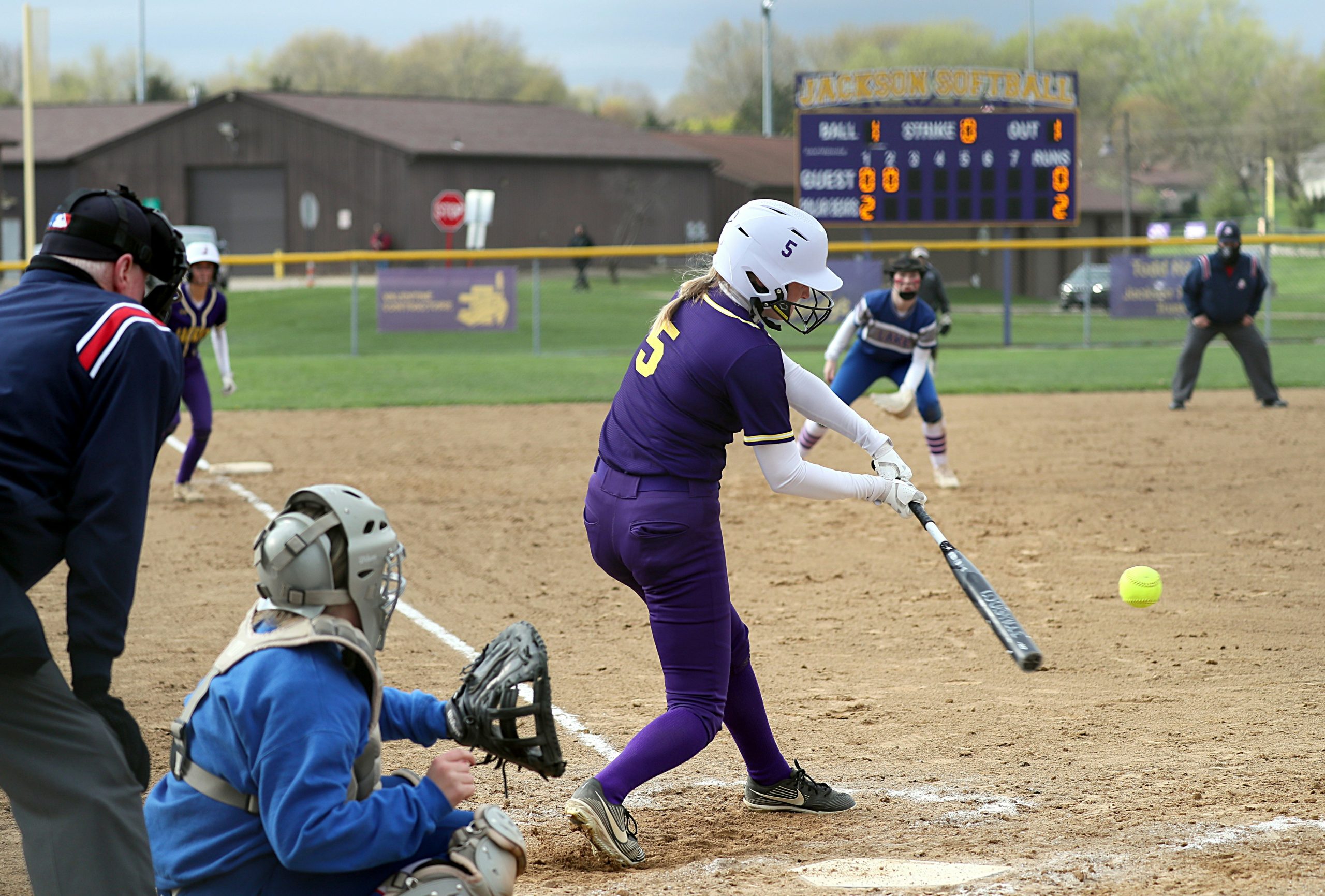
Innovations in Sports Broadcasting and Media
Introduction
Sports broadcasting and media have undergone significant transformations in recent years, driven by technological advancements and changing consumer behaviors. Innovations in this field have not only enhanced the viewer experience but also revolutionized how sports content is produced, distributed, and consumed globally.
Emergence of Streaming Platforms
The rise of streaming platforms such as Netflix, Amazon Prime Video, and Disney+ has extended to sports, challenging traditional broadcasting models. These platforms offer on-demand access to live games, highlights, and original sports documentaries, catering to viewers who prefer flexibility in their viewing schedules.
Example: Amazon’s acquisition of NFL’s Thursday Night Football rights, streaming games exclusively on Prime Video, showcases how digital platforms are reshaping sports broadcasting.
Virtual Reality (VR) and Augmented Reality (AR)
VR and AR technologies are transforming how fans engage with sports. VR provides immersive experiences, allowing viewers to feel as if they are in the stadium, while AR overlays graphics and statistics onto live broadcasts, enhancing viewer understanding and enjoyment.
Case Study: The NBA using VR to broadcast games in 360-degree video, providing fans with courtside views and interactive features, demonstrates the potential of VR in sports broadcasting.
Social Media Integration
Sports leagues and broadcasters leverage social media platforms like Facebook, Twitter, and Instagram to engage directly with fans. Live streaming, real-time highlights, and interactive polls during games enhance fan interaction and extend the reach of sports content beyond traditional TV audiences.
Example: The NFL partnering with Twitter to live-stream Thursday Night Football games, reaching a global audience through social media platforms.
Data Analytics and Personalized Content
Advancements in data analytics enable broadcasters to personalize content based on viewer preferences. Tailored highlights, statistics, and commentary cater to individual interests, enhancing viewer engagement and satisfaction.
Case Study: ESPN’s use of AI-driven algorithms to recommend personalized sports content on its app, offering fans customized news updates and game highlights.
Enhanced Viewing Experiences
High-definition (HD) and Ultra HD (4K) broadcasting technologies have raised the bar for visual quality in sports broadcasts. High-frame-rate cameras capture fast-paced action with clarity, while advanced audio technologies provide immersive sound experiences, enhancing viewer enjoyment.
Example: The FIFA World Cup broadcast in 4K Ultra HD with HDR (High Dynamic Range) offers viewers stunning visual quality and lifelike colors, enhancing the at-home viewing experience.
Conclusion
In conclusion, innovations in sports broadcasting and media have transformed how fans experience their favorite sports. From streaming platforms and VR technology to personalized content and enhanced viewing experiences, these innovations continue to shape the future of sports media, providing new opportunities for engagement and interaction with audiences worldwide.
Future Trends
Looking ahead, the integration of artificial intelligence (AI) for real-time analytics and immersive technologies like holographic broadcasting are expected to further revolutionize sports broadcasting. These innovations promise to create more dynamic and personalized viewing experiences, cementing sports as a cornerstone of global entertainment.



